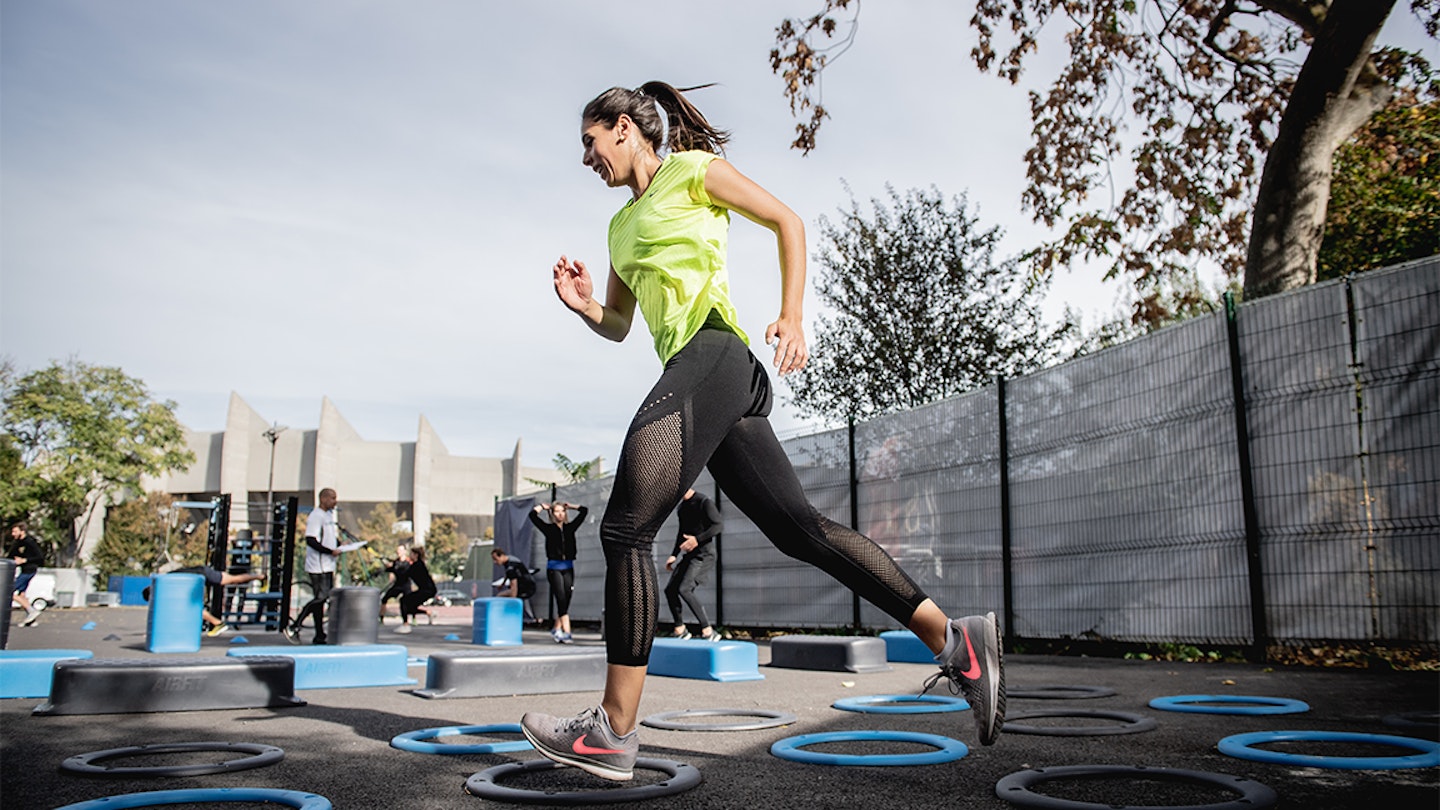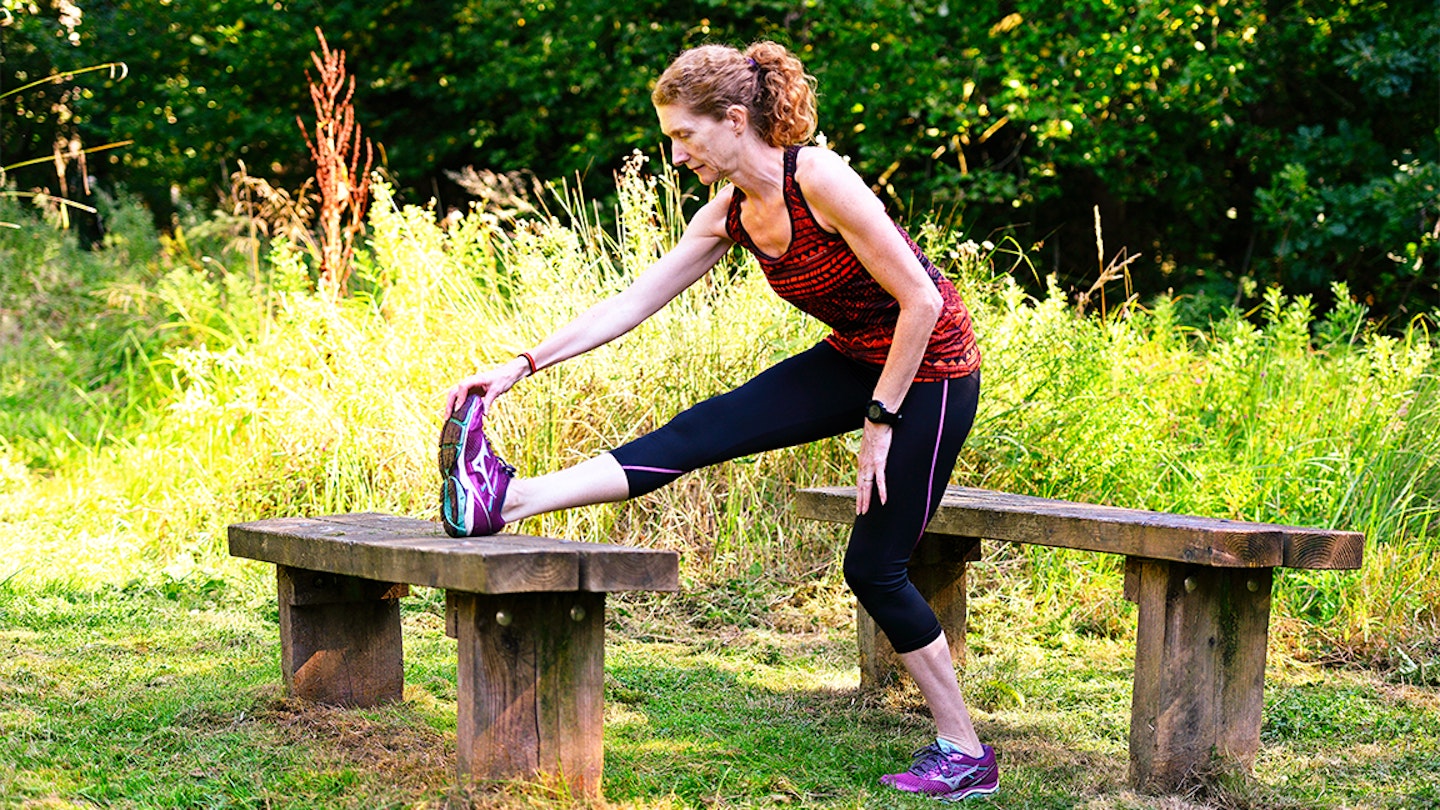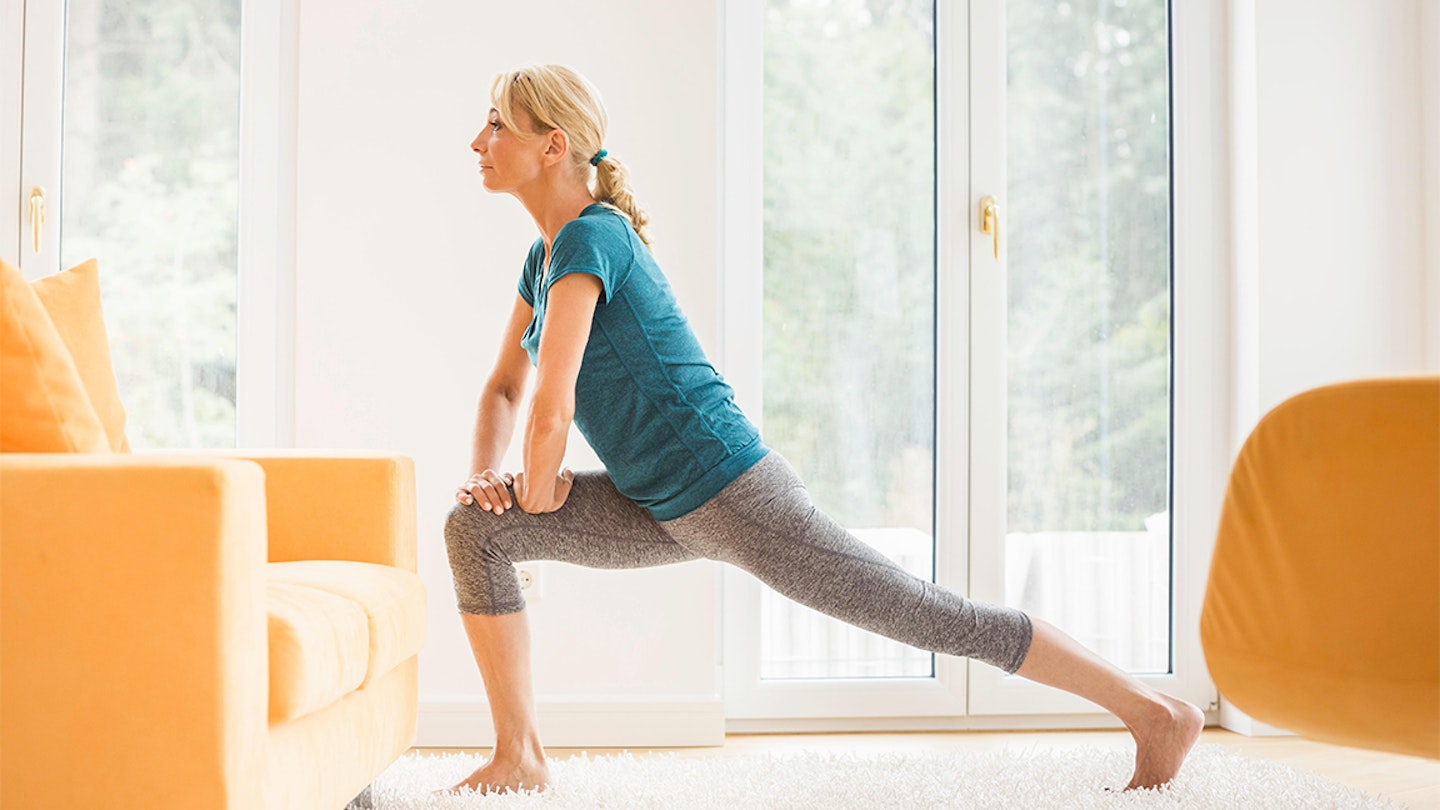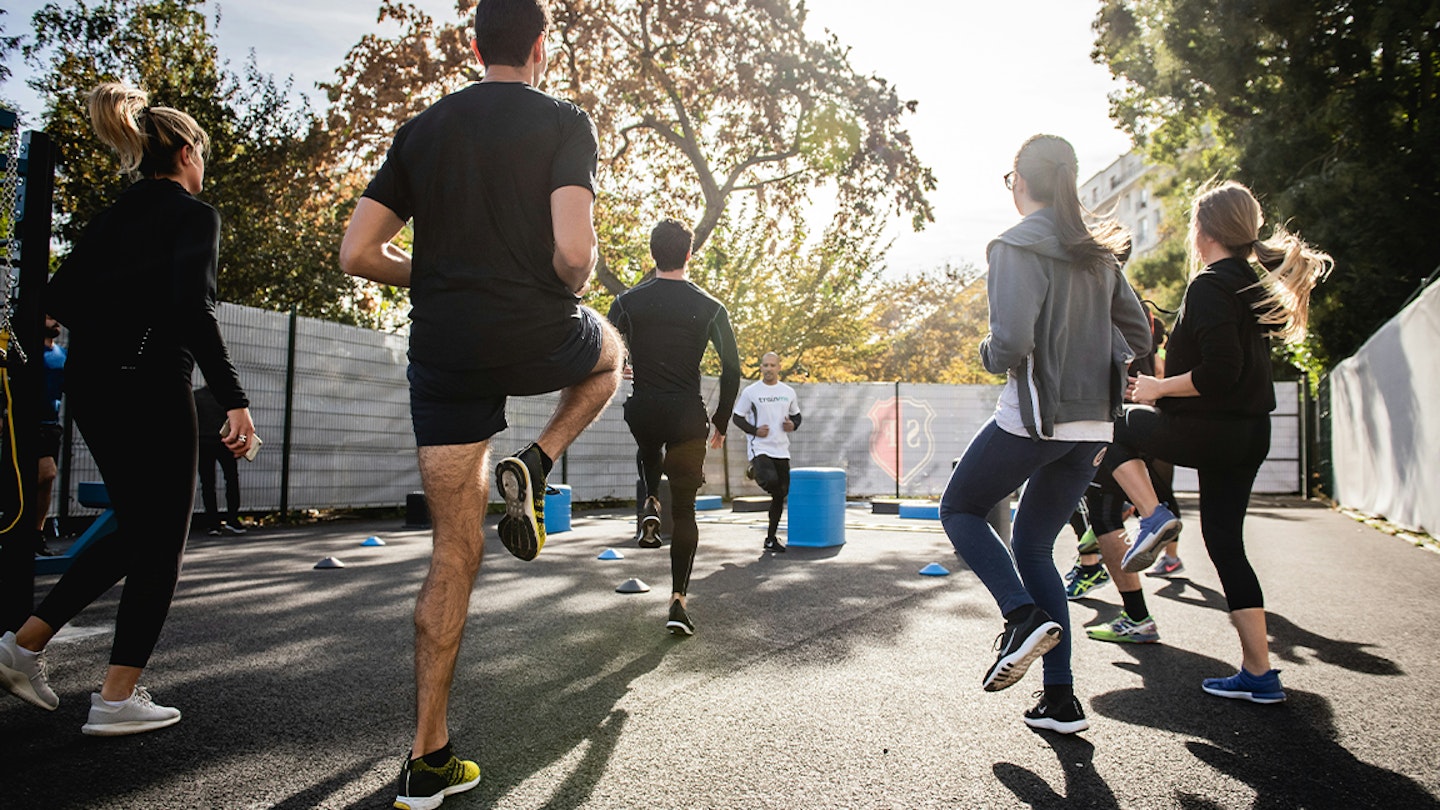Warming up before a run and cooling down effectively are essential to help prevent injuries, enhance performance, and speed up recovery for runners. In this article, expert trail running coach Simon James explains why and how you should warm-up and cool down for a run, and provide some simple and effective exercises to add to your routine.
Why warm up?
Warming up is the process of gradually increasing your heart rate, blood flow, and body temperature before a run. It prepares your muscles, joints, and nervous system for the upcoming activity, and reduces the risk of muscle cramps, strains, and sprains. This is even more important as we get older, or when we don’t exercise frequently given today’s often sedentary lifestyles.

Ever run for a bus and regret it? Then you know what I mean! Warming up the body pre-run will help avoid the brunt of those post-effort aches and pains. It can also improve your running form, efficiency, and enjoyment, as you will feel more comfortable and confident during your run. It’s crucial before a speed or hill session and it’s often skipped, not done with the right intensity, or is simply too short, all of which leave you vulnerable to injury during your run.
How to warm up pre-run
A good run warm-up should last for about 10-15 minutes, but longer for speed or hill sessions due to their intensity. a warm-up needs to consist of three parts: light aerobic exercise, dynamic stretches, and running drills. Here are some examples of each part:

Light aerobic exercise: This is to raise your heart rate and warm up your muscles. You can do any low-intensity activity, such as walking, jogging, cycling, or skipping. Start slowly and gradually increase your pace and intensity. You should feel slightly out of breath, but not exhausted. Do at least five minutes of this.
Dynamic stretches: These are to loosen up your joints and increase your range of motion. You can do any movements that mimic your running action, such as leg swings, hip circles, ankle rocks, forward bends, and plyometric lunges. Do 10 to 15 repetitions of each movement and focus on your breathing and technique.
Running drills: These are to activate your muscles and improve your coordination, balance, and agility. You can do any exercises that challenge your running skills, such as high knees, butt kicks, heel flicks, skipping, and short sprints. Do 10 to 20 seconds of each exercise, and rest for 10 seconds between them.
Your warm-up should peak at a similar intensity to the highest intended effort of your subsequent run, you should feel fully warmed up but not fatigued, this is so your body is properly prepared!
Why cool down?

Cooling down is the reversal of the warm-up, it will gradually lower your heart rate, blood flow, and body temperature after a run. It helps your body return to its normal state, and removes any waste products, such as lactic acid, that may have accumulated in your muscles.
A cool down can also prevent or reduce muscle soreness, stiffness, and inflammation, and promote your recovery and adaptation. It’s more commonly missed than the warm-up, but arguably can have a greater impact on long-term running performance.
How to cool down post-run

A good cool-down should last for about 5-10 minutes, and consist of two parts: light aerobic exercise that lowers your heart rate gradually, and static stretches that restore normal muscle length. Here are some examples of each part:
Light aerobic exercise: This is to lower your heart rate and relax your muscles. The easiest way is to reduce the intensity of your run, finishing with a jog and finally a walk. No sudden stopping here! You should feel your breathing and heart rate return to normal, and your body temperature cool down.
Static stretches: These are to lengthen your muscles and improve your flexibility. You can do any stretches that target your major muscle groups, such as your calves, hamstrings, quads, glutes, hips, back, and chest. Hold each stretch for about 15 seconds, and breathe deeply and slowly. Remember this is about restoring muscle length, it’s not about increasing your flexibility. You should feel a gentle tension, but not pain, in your muscles. Don’t rush and don’t bounce a stretch. At the end you should feel calm, relaxed, and refreshed.
Conclusion
Warming up and cooling down are important for runners of all levels and abilities, as they can help you prevent injuries, enhance your performance, and speed up your recovery, and are critical for speed and hill sessions. However, in reality it’s cool downs that are all too often rushed or skipped, but which can have a longer impact on your performance. Factor them into your training so you are not rushed, and you’ll be a happier runner for it!
Top image: Gabin Vallet
